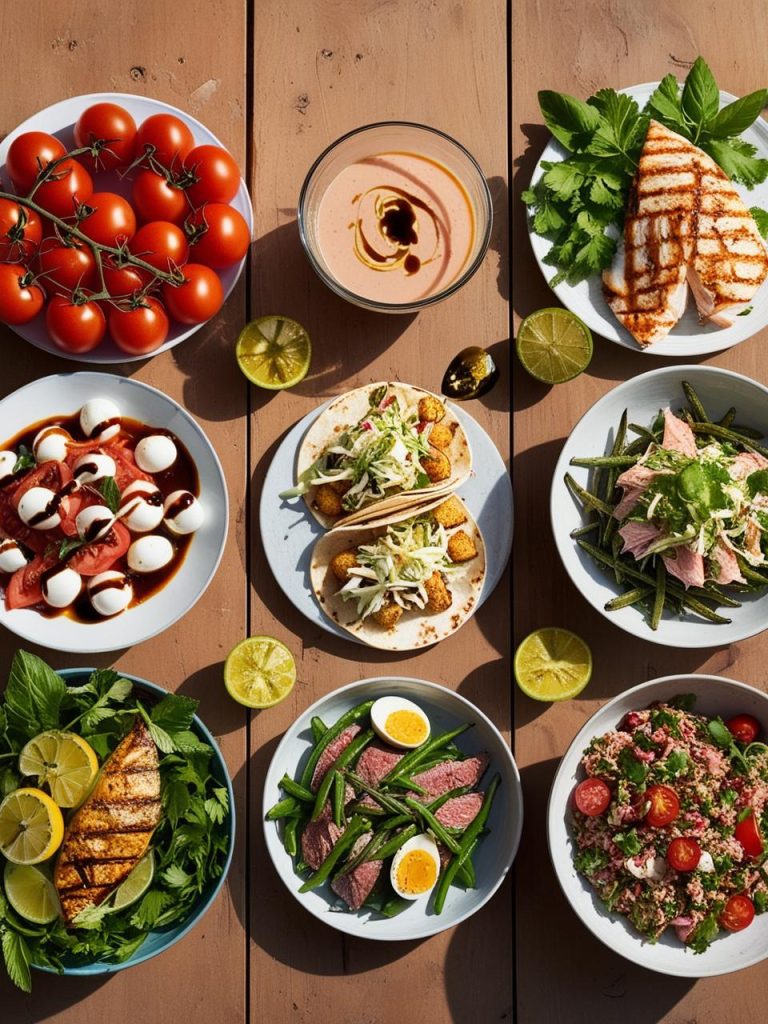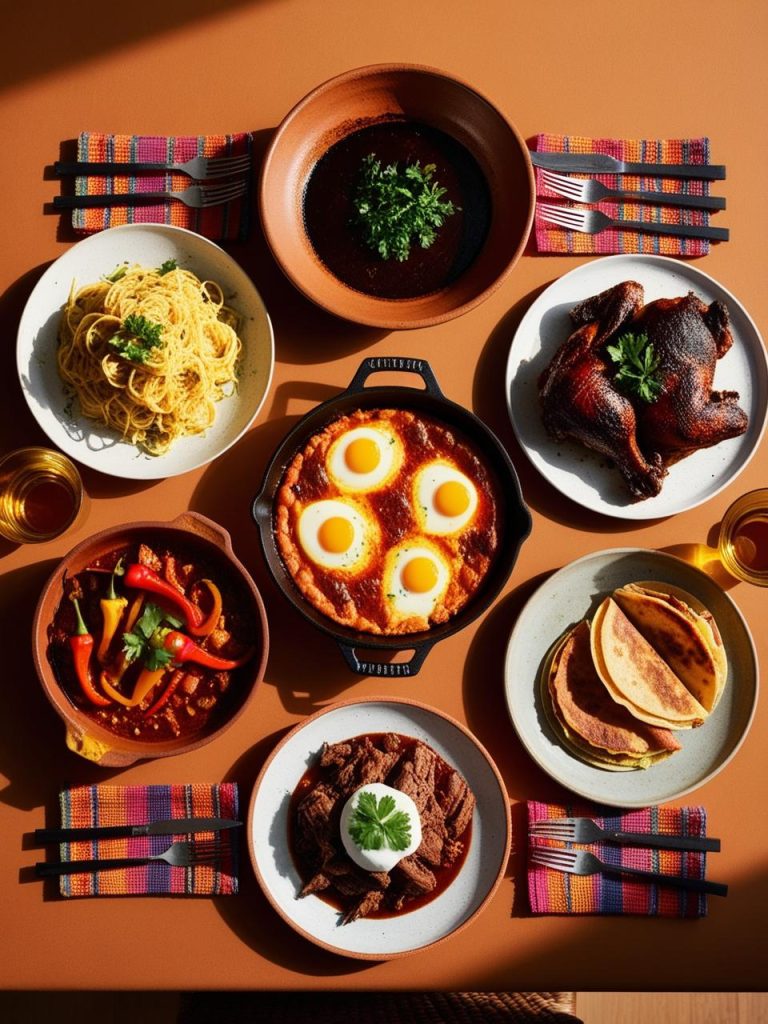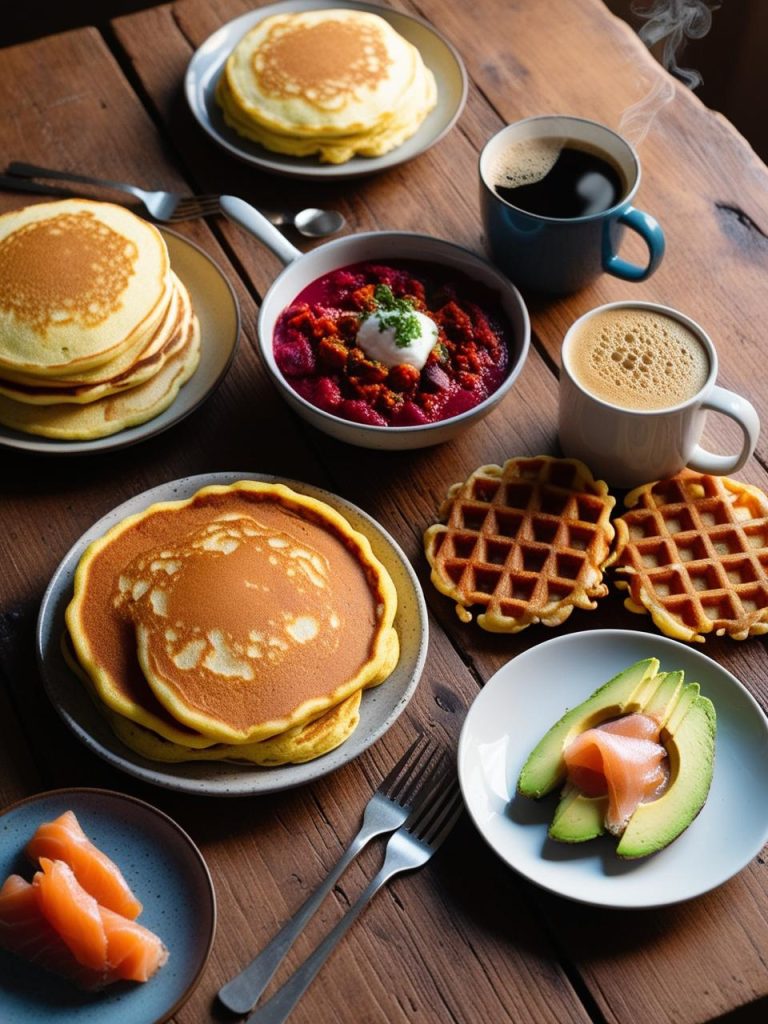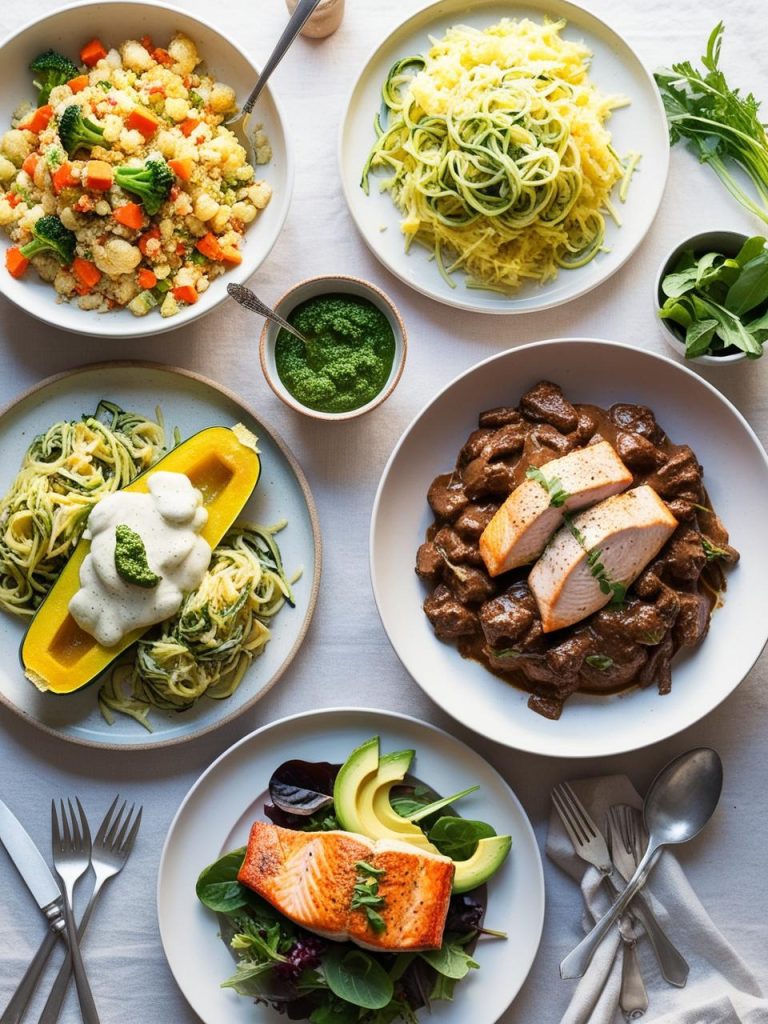These 5 Balanced Meals Have Nourished Families for Centuries – Try Them Now!
Remember when dinner wasn’t about counting calories or trendy diets but about sitting together and enjoying something truly satisfying?
These five meals are a throwback to those days—nutrient-packed, delicious, and designed to stand the test of time. Let’s bring them back to the table!
1. Buddha Bowl: A Wholesome Tribute to Harmony
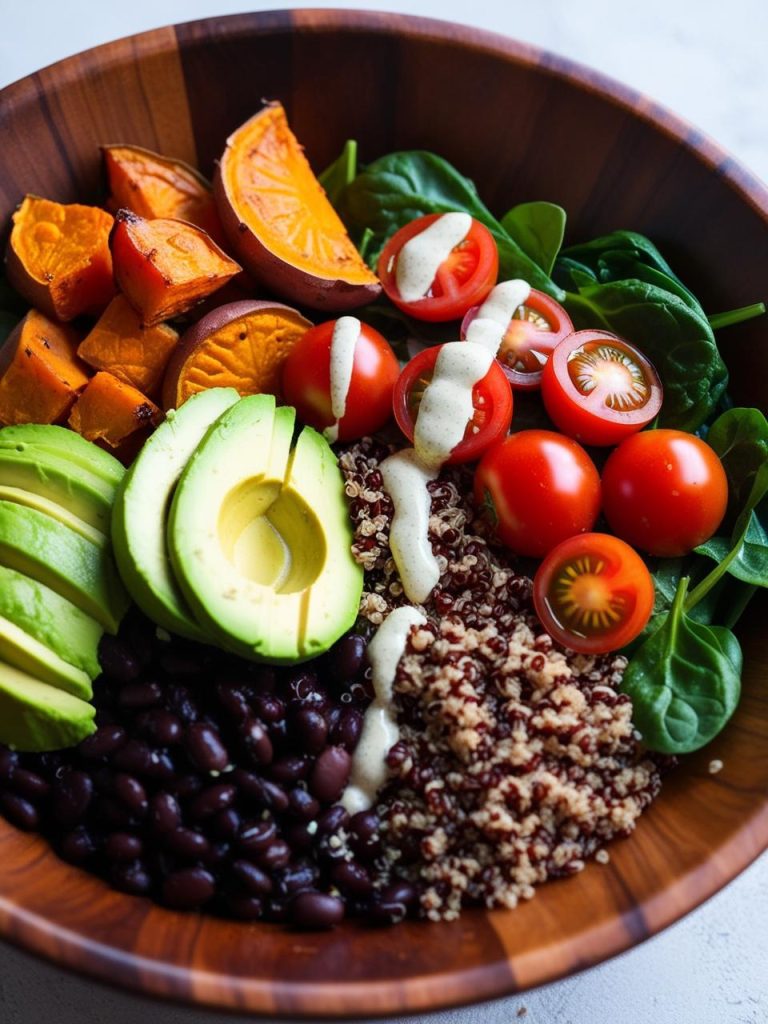
History & Origins
The Buddha Bowl, a colorful and nutrient-rich meal, is deeply rooted in mindfulness and balance. Its origins trace back to Buddhist monks who followed the practice of alms rounds, collecting small portions of food from various donors. These bowls were filled with diverse ingredients, representing generosity and sustenance. Over time, this concept inspired the modern Buddha Bowl, which typically includes grains, vegetables, proteins, and healthy fats, symbolizing a complete and balanced meal.
Where It’s Eaten
Popularized in Western health-conscious communities, the Buddha Bowl is a global phenomenon today. Its versatility has allowed variations to flourish in the United States, Europe, and even parts of Asia.
2. Mediterranean Mezze Platter: A Celebration of Togetherness

History & Origins
The mezze platter hails from the Mediterranean and Middle Eastern regions, where food is a cornerstone of social gatherings. Mezze, meaning “taste” or “snack,” consists of small dishes such as hummus, falafel, tzatziki, olives, and pita bread. Its roots date back to ancient times when trade routes brought exotic spices and ingredients to the Mediterranean. The mezze platter embodies a communal spirit, designed for sharing and fostering connections.
Where It’s Eaten
This dish is a staple in countries like Greece, Turkey, Lebanon, and Israel. It reflects the region’s agricultural bounty, with ingredients like chickpeas, olive oil, and fresh herbs.
3. Japanese Bento Box: A Portable Work of Art
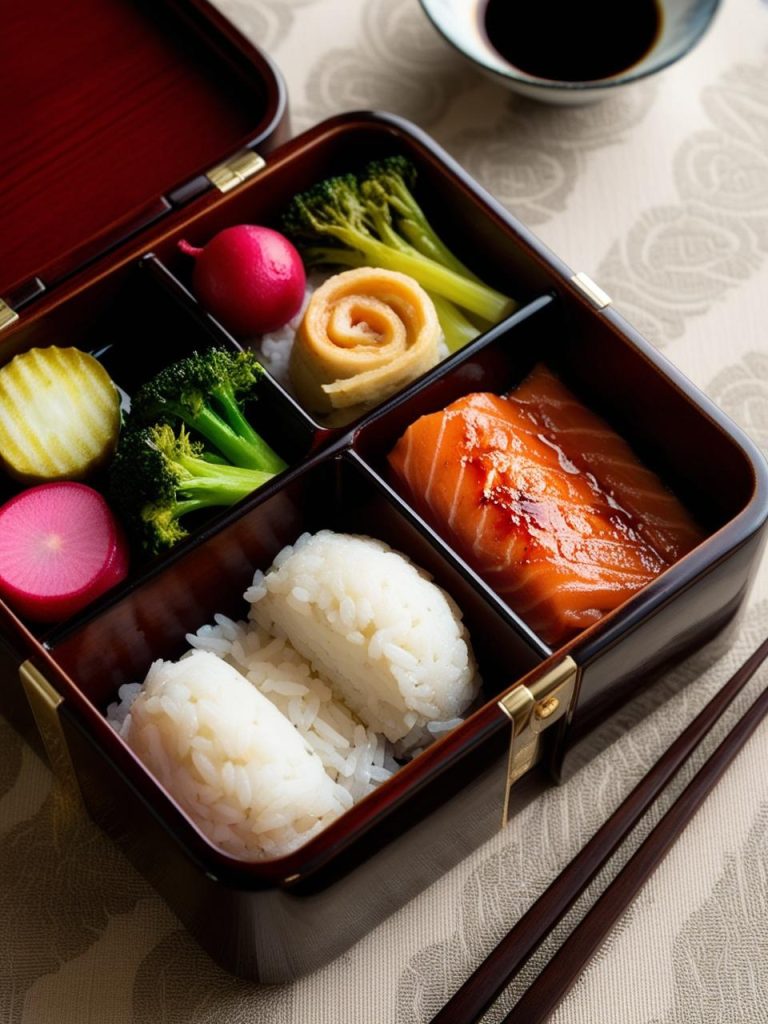
History & Origins
The bento box originated in Japan during the Kamakura period (1185–1333) as a portable meal for travelers and workers. Over the centuries, it evolved into a cultural art form, with carefully arranged compartments showcasing rice, fish, vegetables, and pickles. The aesthetic arrangement, often inspired by seasonal themes, reflects the Japanese philosophy of balance and mindfulness in food.
Where It’s Eaten
Bento boxes are ubiquitous in Japan and have influenced global culinary practices. They are common in schools, offices, and train journeys, emphasizing convenience and nutrition.
4. Indian Thali: A Feast for All Senses
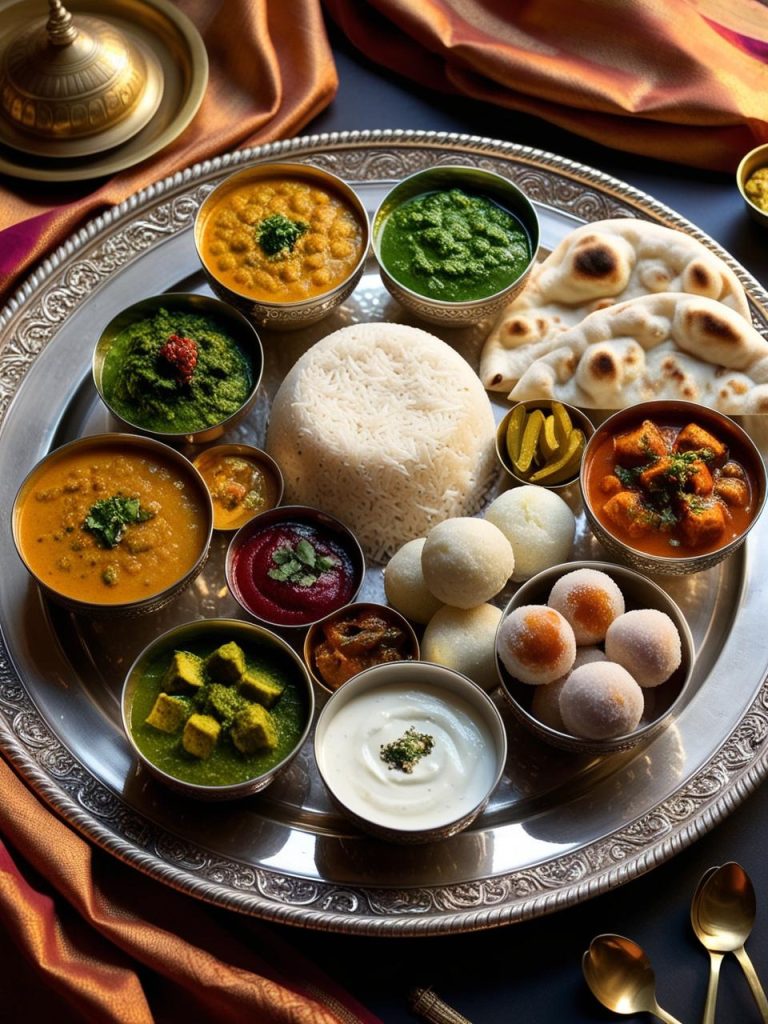
History & Origins
The Indian thali is a culinary tradition that showcases the diversity of Indian cuisine. Its name means “plate,” and it traditionally includes small portions of various dishes like lentils (dal), vegetables, rice, bread (chapati or naan), yogurt, and pickles. Originating from ancient Indian dietary practices, thalis were designed to provide all five tastes—sweet, sour, salty, bitter, and umami—in one meal, reflecting Ayurvedic principles.
Where It’s Eaten
Thalis are a staple across India, with regional variations such as the Gujarati thali, Rajasthani thali, and South Indian thali. Each region adds its unique flavors and dishes, making it a true culinary map of India.
5. Mexican Burrito Bowl: A Modern Classic with Ancient Roots
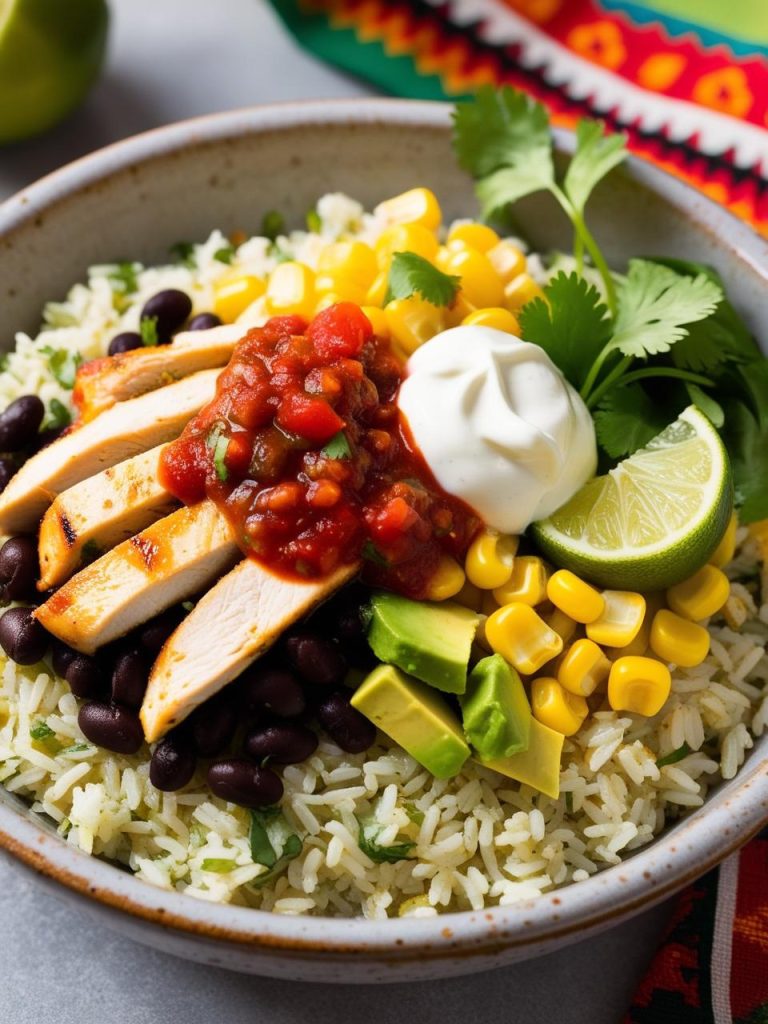
History & Origins
The burrito bowl is a deconstructed version of the classic burrito, which originated in Mexico. The concept of wrapping food in tortillas dates back to ancient Mesoamerican civilizations, where maize tortillas were used to hold fillings. The modern burrito bowl reflects the influence of Mexican-American cuisine, offering a balanced meal with rice, beans, meat or tofu, vegetables, and guacamole.
Where It’s Eaten
While its origins are Mexican, the burrito bowl has become a favorite in the United States and other countries for its customizable and nutrient-packed nature.


